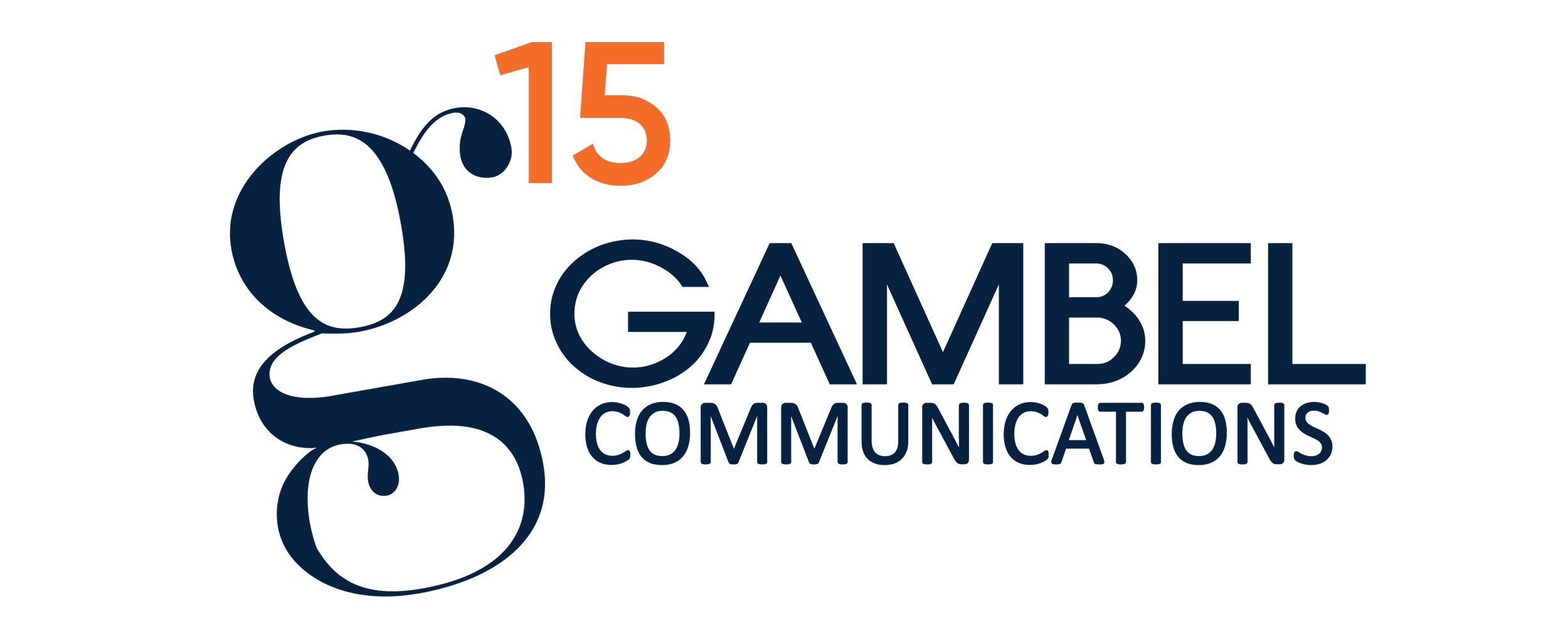Do I Own The Business or Does The Business Own Me: Hiring a Second in Command
Flash: It is with a great deal of certainty that I can say that my business life is changing for the better! About a month ago, I hired a director of strategy for Gambel Communications. The intent was not only for Amy to serve in a senior capacity, leading communications strategies for clients, but also for her to assist in new business efforts, management and organizational structure. In essence, Amy’s help will allow me to work on the business rather than in the business.
Coincidentally, right after I hired Amy, a client gave me a copy of Make the Noise Go Away by Larry G. Linne. By adopting the advice in this book, our client liaison reported that now with him as second in command, his principals were able to focus on growing their business. His experience, and what I learned from the book, further affirmed that my decision to hire a second in command was on point.
Why is it that we as business owners think we can do it all — and do it all well? I toss and turn at night, send emails and texts without regard to the clock and create endless lists. Things fall through the cracks, and everything is a priority. Tasks rattle around in my head like a pinball machine until someone tells me they have been taken care of; it is only then that I check them off, making room for even more things to keep me from working on my business. The “noise” is deafening!
At the end of Amy’s first day, I surprisingly sensed an internal aura of quiet, and I felt for the first time in forever that the weight of the world was being lifted from my shoulders. While I have an incredible (yes, even genius) staff, they are busy tending to client plans and strategies. They do not have time to add my work on top of theirs. Finally I had the confidence to begin letting go.
I had already figured this whole “doing it all” phenomenon in my personal life. When I hired “Just Ask Julie,” I began really enjoying my weekends. Rather than those endless Saturday errands, laundry and house cleaning, I was now able to exercise, read and enjoy much needed down time. Julie, like Amy, was a Godsend. I was slowly learning to delegate what others could do quite capably to free up time for me to do what I do best.
So how does a second in command make the noise go away? Linne points out several ways that, if followed, will give the first in command the confidence she needs to let go of the noise. The second in command should:
Keep the first in command informed
Set priorities
Bring new ideas to the table (for clients and business)
Spend time with clients
Delegate
Offer solutions
Monitor trends
Get results
How are Amy and I approaching this list? First we scheduled a weekly meeting during which I listen and she communicates what is going on. This gives me a comfort level that things are being taken care of. It also gives me an opportunity to express what is important to me and what is keeping me up at night, thereby allowing her the opportunity to assume that “noise.” These weekly check-ins also allow me to share where I am focusing my energy. Together we establish priorities to leverage proficiencies.
Historically I have been the go to resource for solving problems — whether internal or external. Although I love facing a challenge head on, I know that when our second in command takes on a problem, the result will be an effective solution. But we are trying to take this one step further with what Linne calls “consequence decision making.” The second in command must think beyond the solution and get the staff to consider the consequences of a suggested single solution. The result? More thoughtful and strategic decisions and more time for me to work on the business.
The second in command also is overseeing the day to day client account service, reserving me for more blue sky thinking. We are learning to preserve our “newsroom,” open office environment with appropriate roles and responsibilities. By doing so, we maximize efficiencies and underscore accountability.
For this first and second in command hierarchy to work, we must both identify our talents and skills, and our organizational structure must be one that lets each of us do what she does best. Then there has to be some sort of checks and balances to ensure that we are doing what we are supposed to be doing and not treading in each other’s territory. This is the part that will be the most difficult for me, especially since I have been “chief cook and bottle washer” since I founded the firm.
Relationships such as first and second in command are built on trust, and establishing trust takes time. Lucky for us that we have worked together in the past, but now we must transition from those previous roles.
As Amy and I work more closely together, we will be able to hone our approach and identify new ways of organizing and operating, thus allowing us to grow the business. To that end, we must remember to remain true to our values, authentic in all we do, and always, always ask, “Is this what I do best?”
This blogger graduated from Goldman Sachs’ 10,000 Small Businesses program. Goldman Sachs is a partner of the What Is Working: Small Businesses section.
